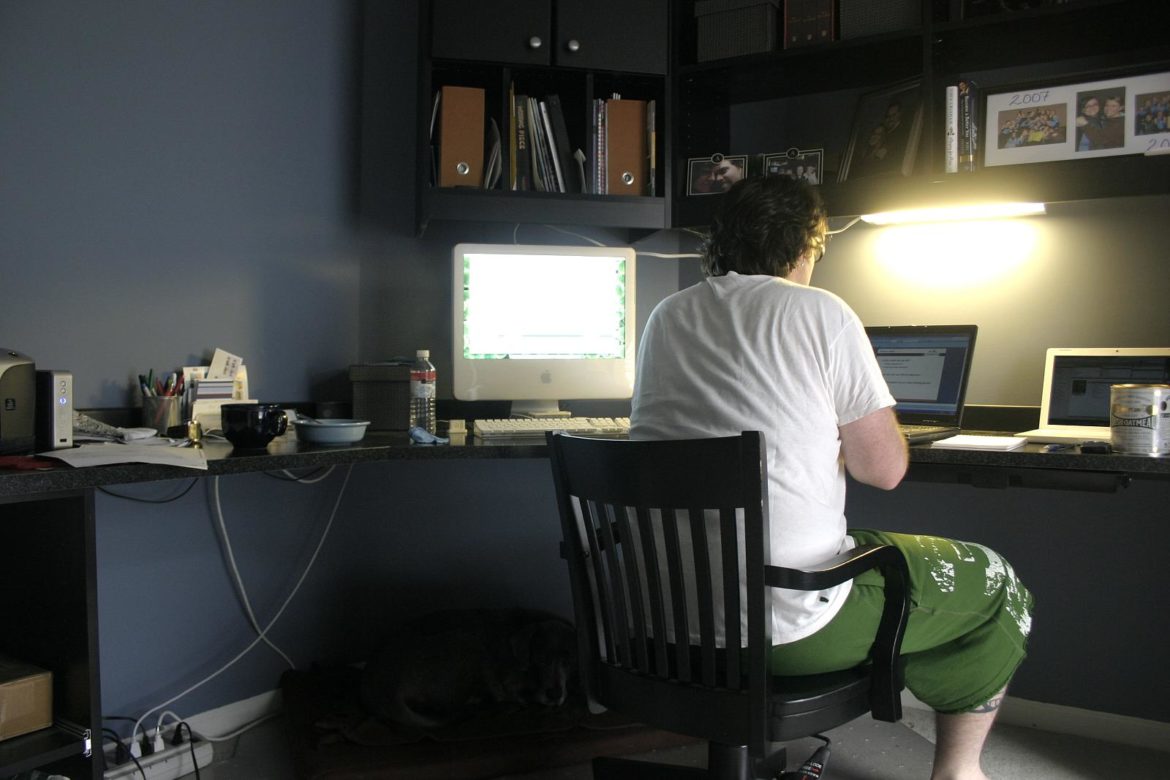Zoom meetings and other communications tools have made it possible for many white collar workers to remain employed as they work from home.
Stanford economist Nicholas Bloom says what had once been uncommon, is now a necessity. “Before COVID, about 5% of working days were spent at home and that was done by about 15% of Americans, with an average of one in every three days. During COVID, 42% of us are now working from home so it’s an eight-fold increase.”

Of the remaining pre-COVID workers, Bloom found that nearly 33% are not employed and the remaining ones are essential workers and others who work directly with people or products.
When the pandemic is over, Bloom predicts that fewer people will work five days a week in a central office. “We’ll go from very occasionally working from home to something like two to three days a week.” He predicts that will have a major impact on where people will live. “If you want to, you could go live out in the Central Valley or further out in the East Bay or even far away. Because if you’ve only got to go to the office two to three days a week, you may well put up with an hour and a half commute.”
Bloom also said that a need for less centralized office space could have some upside in easing inequality. “I think it’s genuinely good for society because it reduces the affordability crisis. It will be easier to live downtown, but it’s gonna be a huge change, I think, you know, particularly skyscrapers, the value is gonna fall easily by a third.”
A segment from our radio show and podcast, “Civic.” Listen at 8 a.m. and 6 p.m. Tuesdays and Thursdays at 102.5 FM in San Francisco, or online at ksfp.fm, and subscribe on Apple, Google, Spotify or Stitcher.









